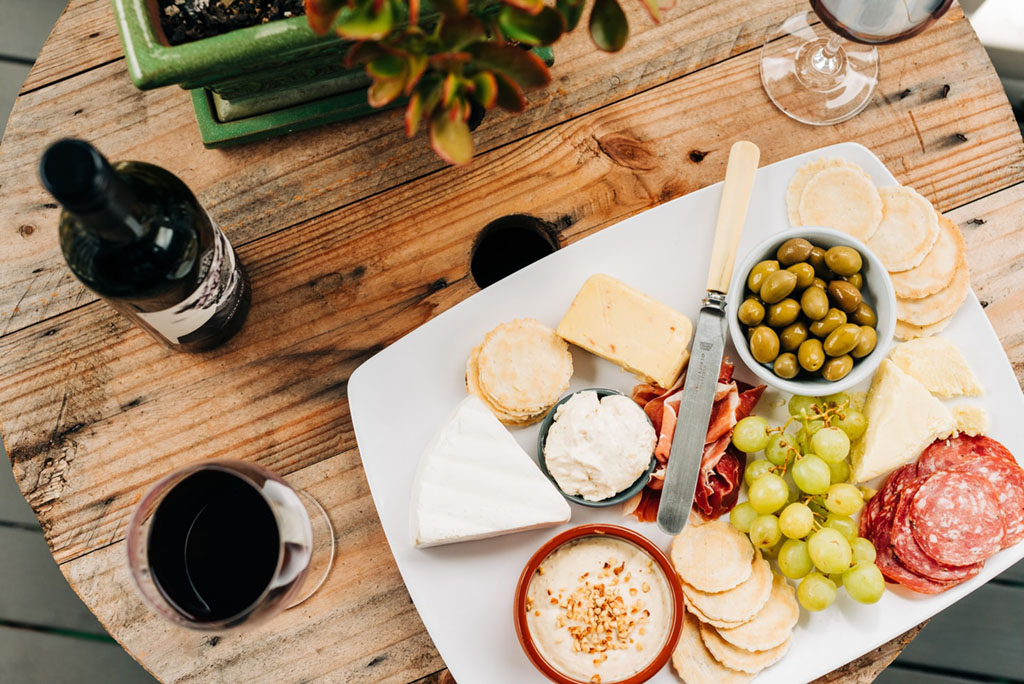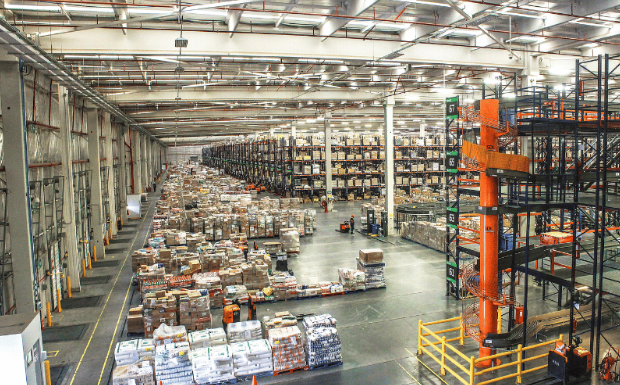By using our website, you agree to the use of cookies as described in our Cookie Policy
A Quick Guide to the Best Cheese and Wine Pairings

The United States leads the world in total wine consumption while only producing approximately 12% of wine worldwide. These numbers make it easy to see a similar fascination with cheese and wine pairings.
If you're new to the world of imported cheese, you may not realize the power of sourcing the right cheese and wine pairings. Continue reading to learn how the right food service order can change the way you source your fine wine and cheeses.
Why Pair Wine and Cheese?
It’s no secret that wine and cheese is a popular duo. You may have spent some time at a “Wine and Cheese” party yourself! So why is the pair such a beloved combination? While wine and cheese is a great theme for your next dinner party, the answer lies on your Palate.
Wine and cheese have certain characteristics that naturally go well together. In fact, the process of making fine wine and cheeses are similar in that they require skill and dedication to the craft.
Most cheeses have a high-fat content that effectively covers taste receptors in the mouth. Wine is a contrasting element due to its acidity. The acidity from the wine breaks through the fat from the cheese and in turn, creates the unique flavor combination that you love most.
Tips for Pairing Cheese and Wine
When sourcing cheese through food service, consider which wines you want to pair it with. Planning can help guide your purchase and ensure you end up with a great combination.
We’ve put together a list of our favorite tips to help you source the best combinations of wine and cheese.
#1 Factor In Geography
One of our favorite tips in food importing is to consider geographical location. Sourcing wine and cheese from the same region is almost a surefire way to find a great pairing!
A natural relationship exists between foods from the same region. This is due to similarities in temperature, altitude, and the type of soil. For example, German cheese, such as camembert, pairs well with a slightly dry German Riesling.
#2 Complement and Contrast Profiles
Another seemingly contradictory tip for cheese and wine pairings is to pair flavor profiles that both complement and contrast one another. By matching intensities, you can achieve wonderfully complementary flavors.
However, there's something to be said for contrasting flavors as well. Cutting through a softly creamy cheese with a robust red wine is fun and interesting.
#3 Remember Texture
Whether you opt for complementary or contrasting flavors, don't forget to factor in other features of flavor including texture. In this scenario, like goes with like. We prefer smooth wines with our soft, creamy cheeses.
#4 Try New Things
Whether you're investing in German cheese and wine or other imported cheese and wines, the key to pairings is to try new things. Experimenting with flavors helps you learn what you like and don't like.
Plus, you never know how one pairing will change your perspective. Even if you don't like a particular wine or cheese, consider trying it with different pairings. The right combination may be a new favorite for you.
Popular Cheese and Wine Pairings
An important part of sourcing food for cruise sales, commercial kitchens, or other entities is to offer at least a few popular pairings. People enjoy trying new, unique flavors along with a few familiar backs-ups that act as a safety net.
Gruyere and Pinot Noir
Gruyere is a powerful cheese with complex, nutty flavors. Cheese and wine pairings like this demonstrate why the two foods work well together. The richness of the Pinot Noir penetrates the fat of the Gruyere for a great experience.
Gouda and Shiraz
Gouda offers a sweet, salty, and creamy flavor profile while Shiraz has primary flavors of red fruits, peppercorn, and chocolate. The combination is balanced as each part of the pairing holds its own in terms of flavor.
Brie and Champagne
The sharp acidity of dry champagne was made for a thick, creamy, and heavy-fat cheese like brie. Champagne has earthy and buttery flavors that complement the creamy brie while the acid contrasts the fat.
Aged Cheddar and Cabernet Sauvignon
Aged cheddar has a prominent personality. If this is on your sourcing list for your next food service, make sure you have a strong wine like Cabernet Sauvignon.
While lighter pairings get overshadowed by the distinct flavor of aged cheese, cabernet sauvignon is a strong partner. Combined, they make for a perfectly complementary mouth-feel.
Goat Cheese and Sauvignon Blanc
Goat cheese has a very mild flavor that can get buried underneath ostentatious wines. This is what makes sauvignon blanc a great pairing. The mineral notes of this wine highlight the nuttiness of the cheese.
Havarti and Rosé
Rosés are known for their bright, crisp, and fruity flavor profile, which is perfect for heavy, rich cheeses. However, a mellow cheese like Havarti is a more mellow option. They complement each other for an easy snack.
Swiss and Gewürztraminer
The nutty flavors associated with swiss cheeses pair well with something sweet like gewürtraminer. Sweet wines like this don't do well against salty cheeses, which is why a cow's milk cheese like swiss is best.
Edam and Riesling
Edam has a flavor profile similar to Gouda but with lower fat content. Its lighter flavor and mouth-feel pair well with a light, bright wine such as a riesling. Consider this combination during a hot summer day.
Fontina and Chardonnay
One of the best cheese and wine pairings for sourcing is between fontina cheese and chardonnay. Chardonnay's floral notes highlight the nuttiness and fruit flavors of fontina. It's a balanced combination.
Experiment with Cheese and Wine Pairings
The key to food importing is to experiment with cheese and wine pairings. While there are a few classic options and rules to guide you, everyone has their preferences. Trying different combinations can help you learn what you like.
If you're ready to start experimenting with imported cheese and wine, fill out a sourcing request form today.
‹ Back








